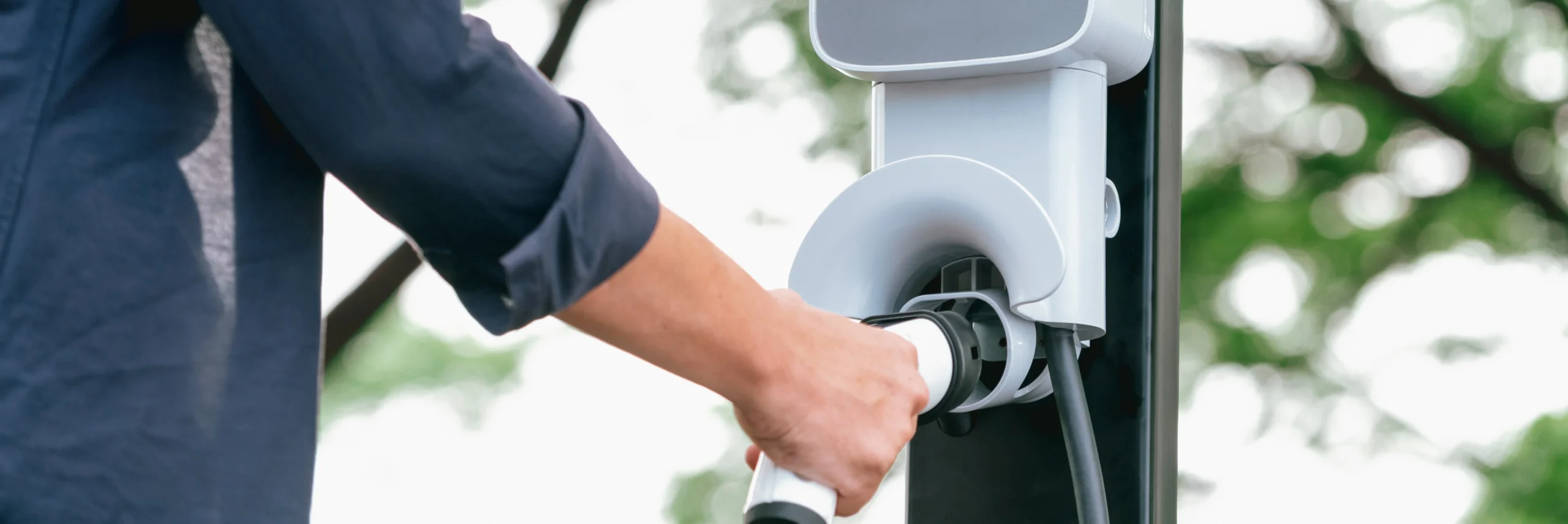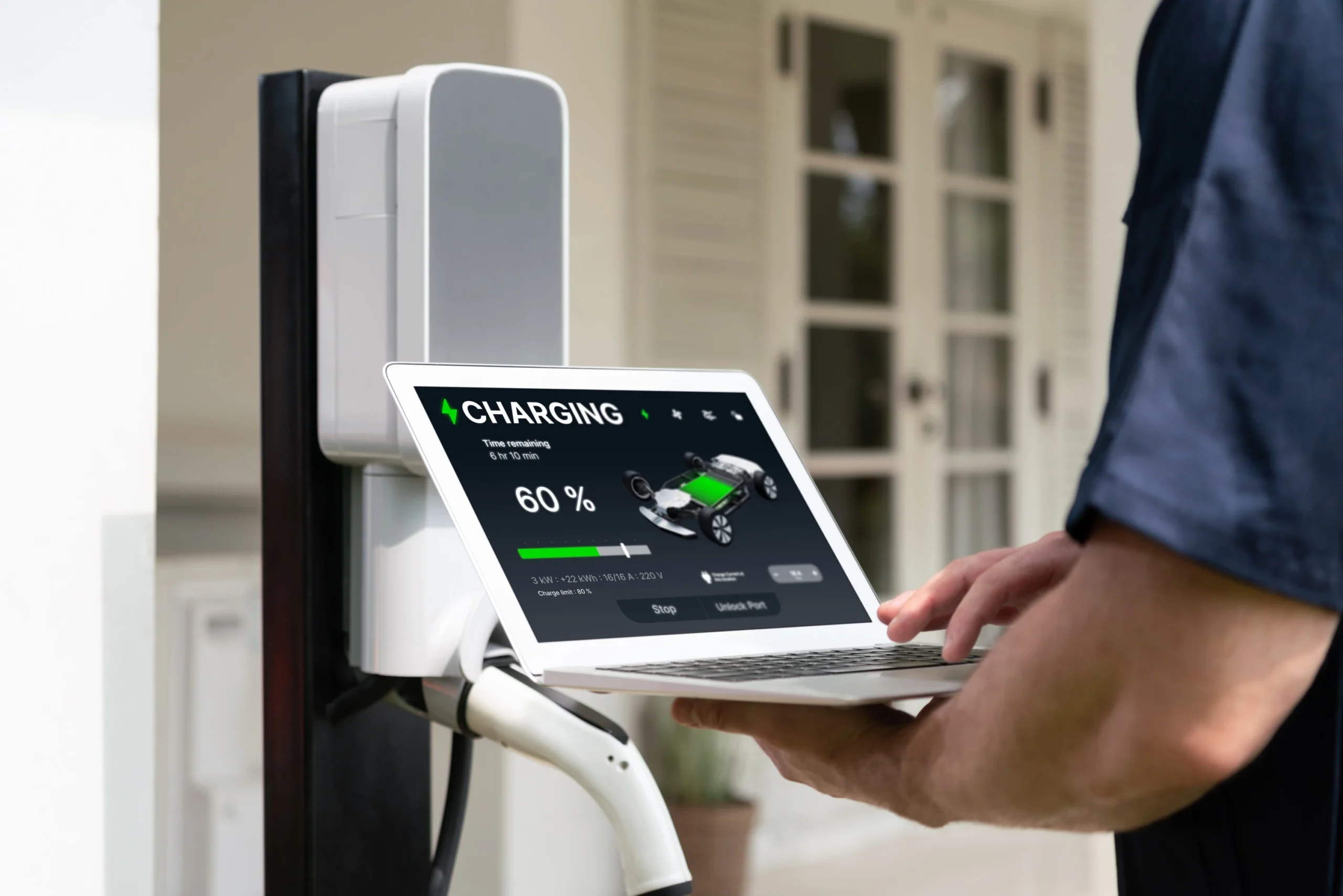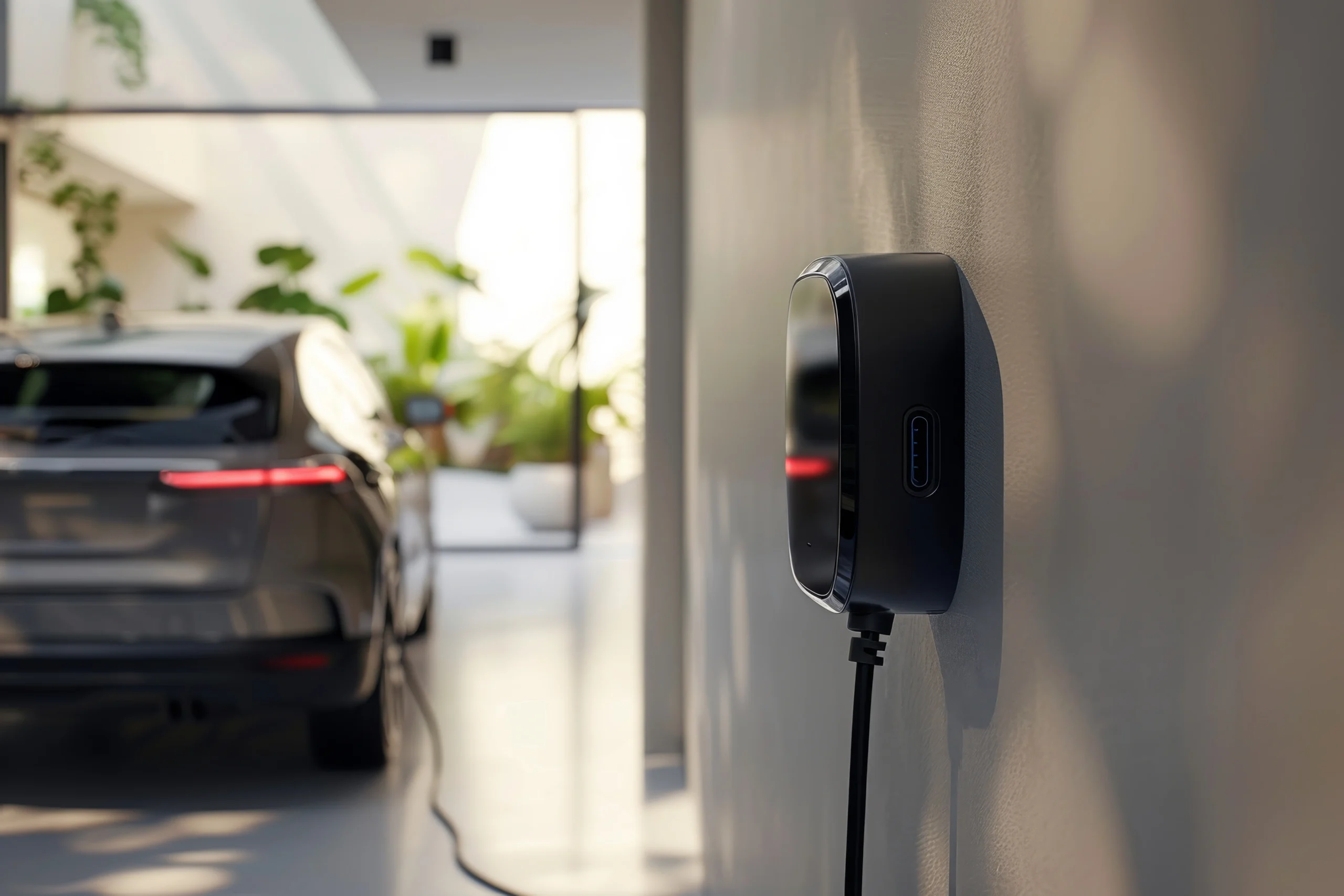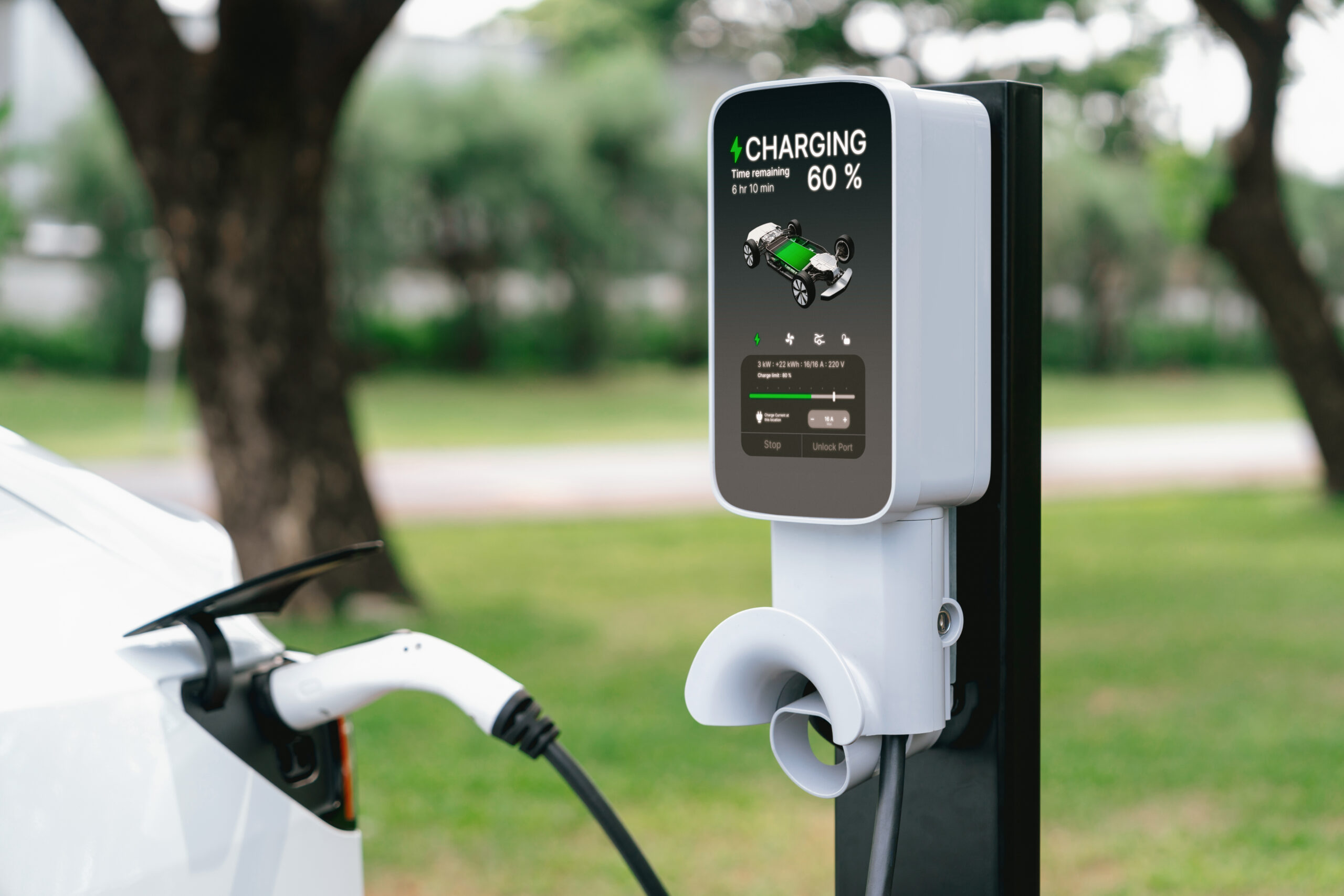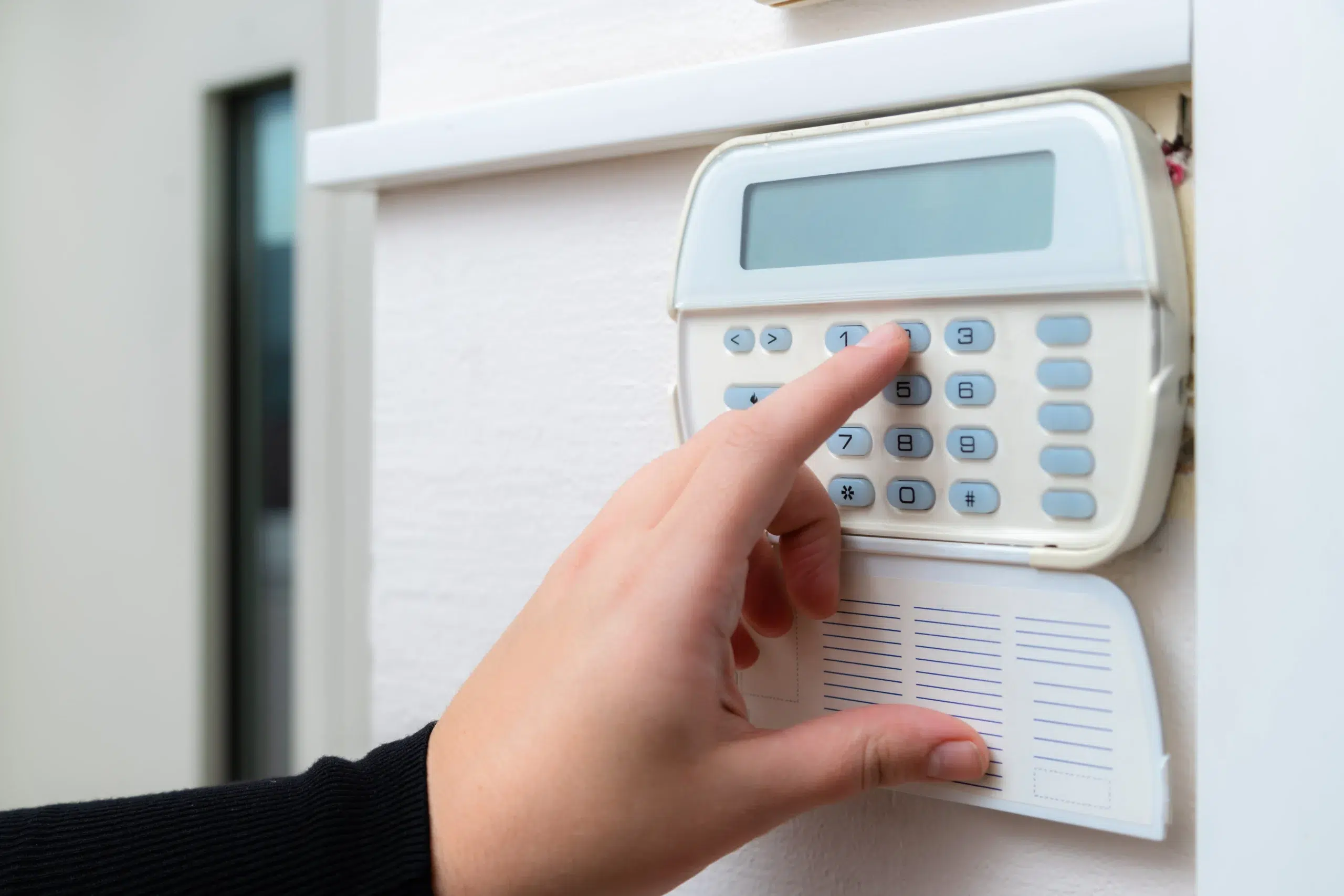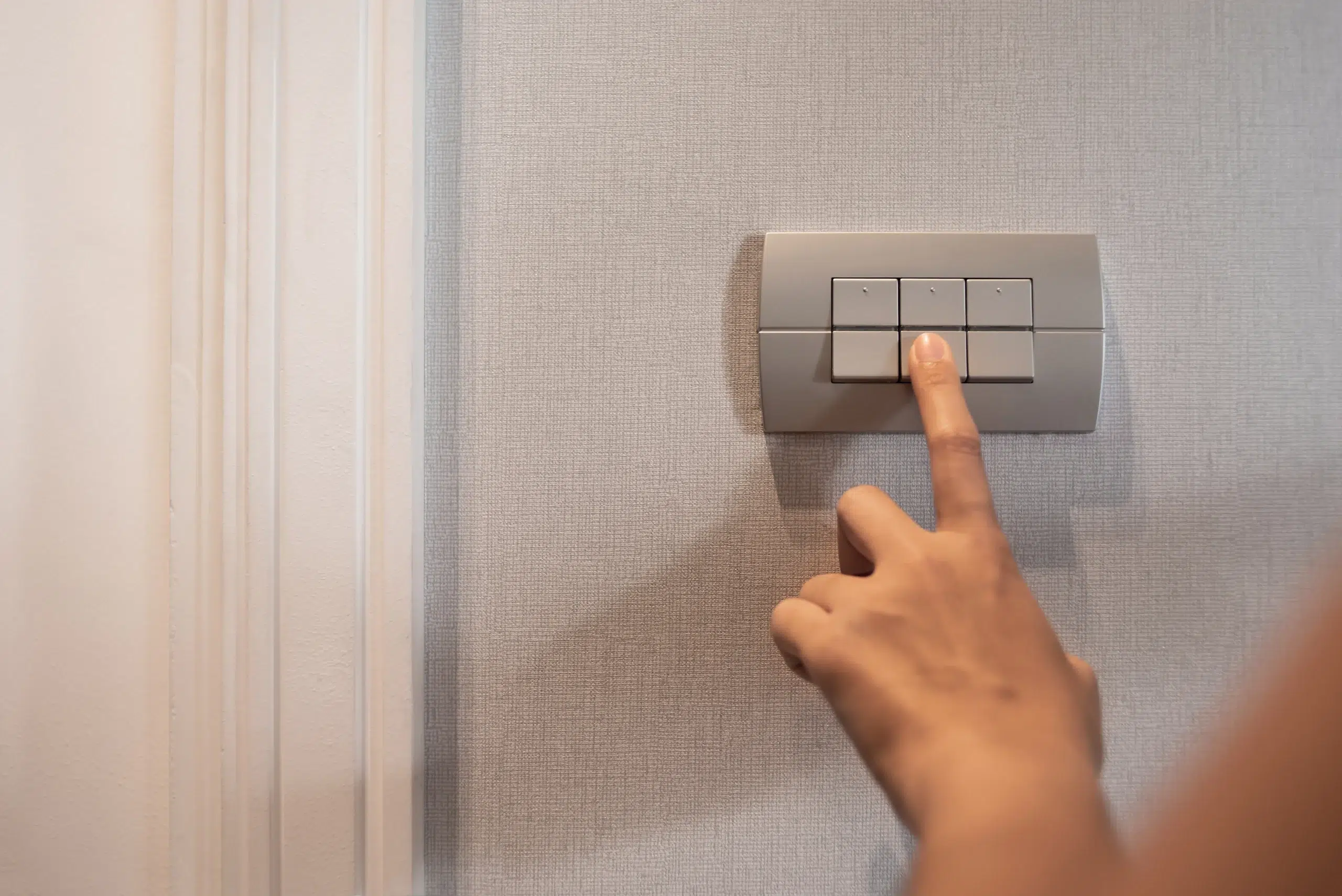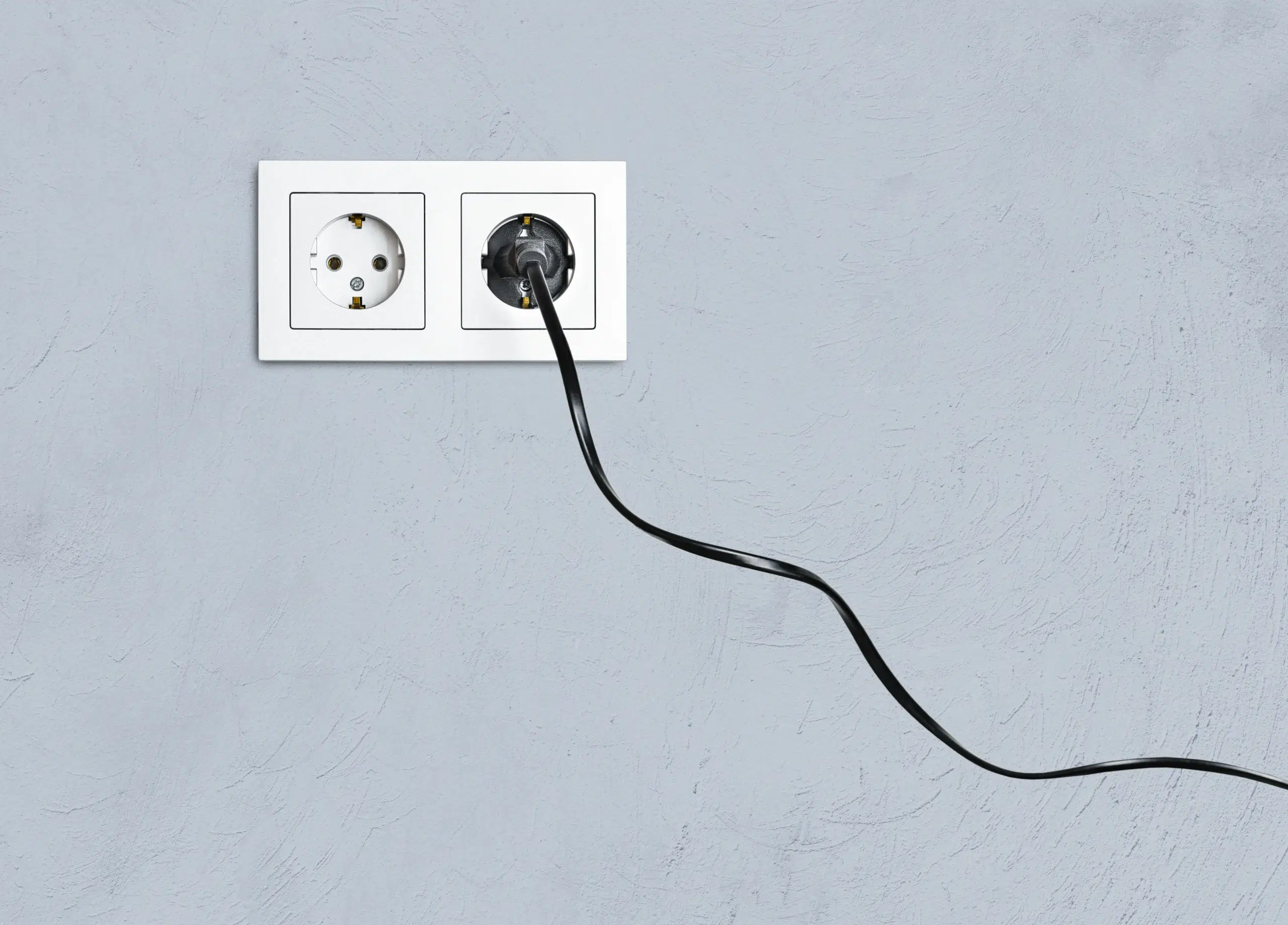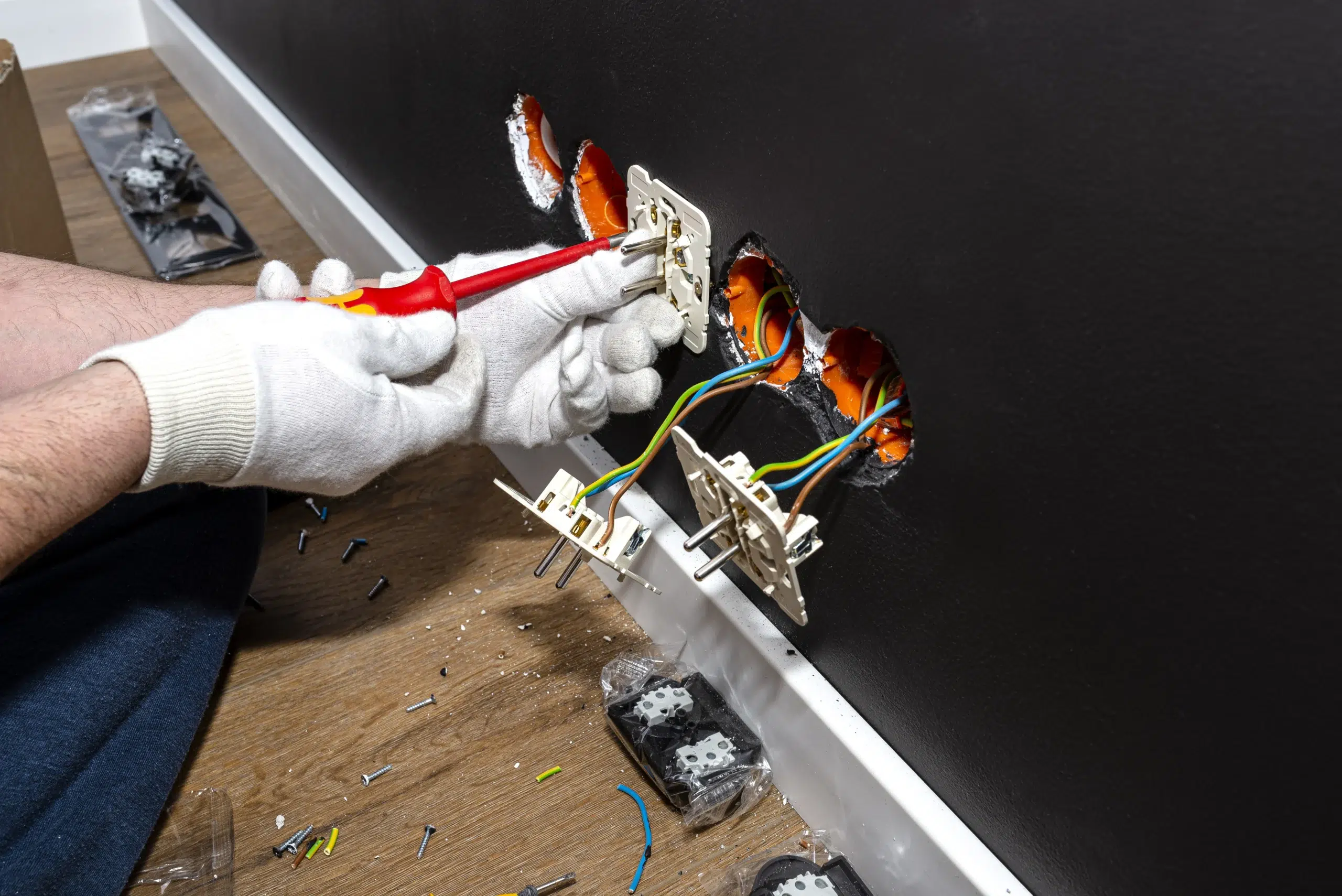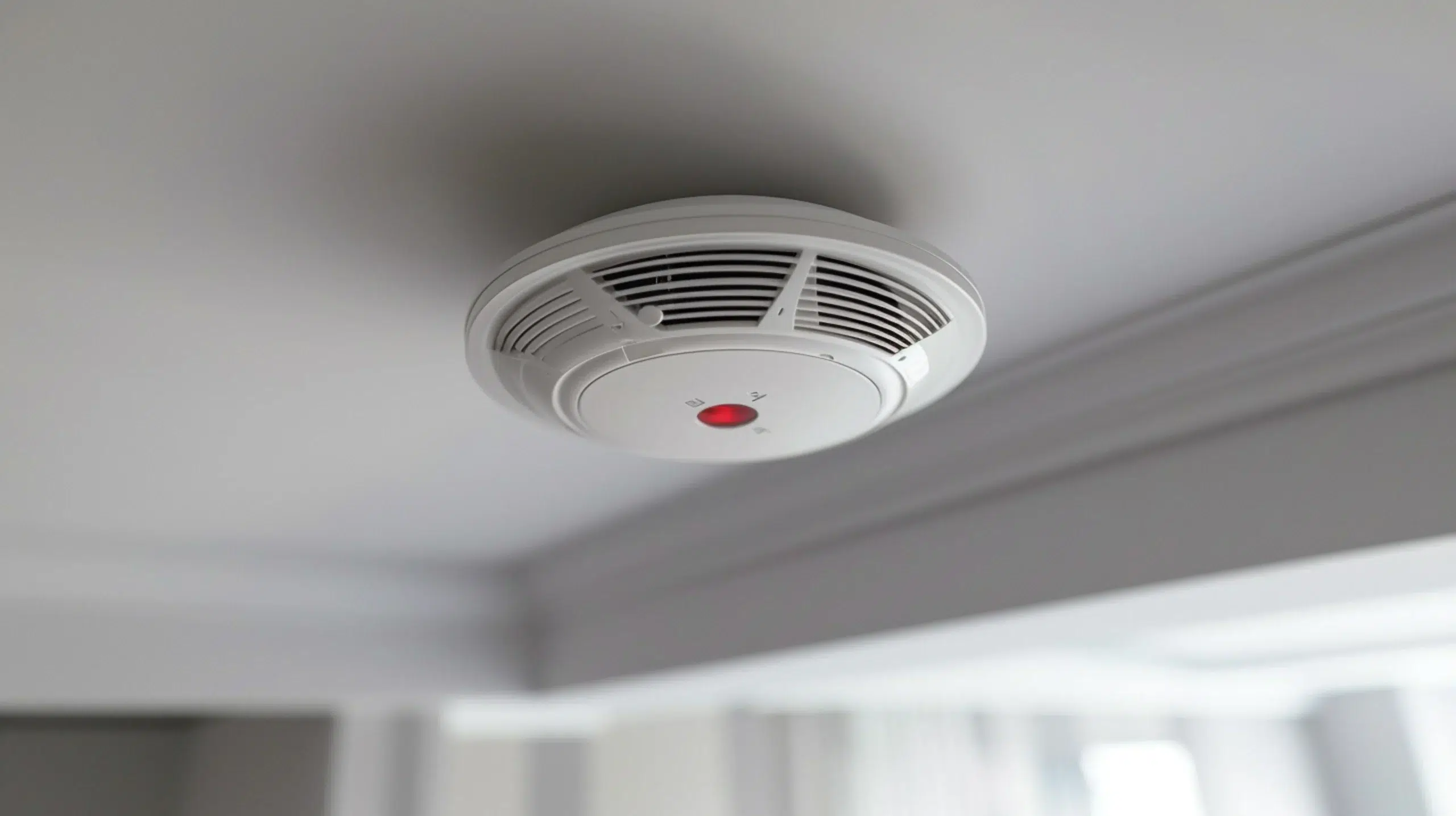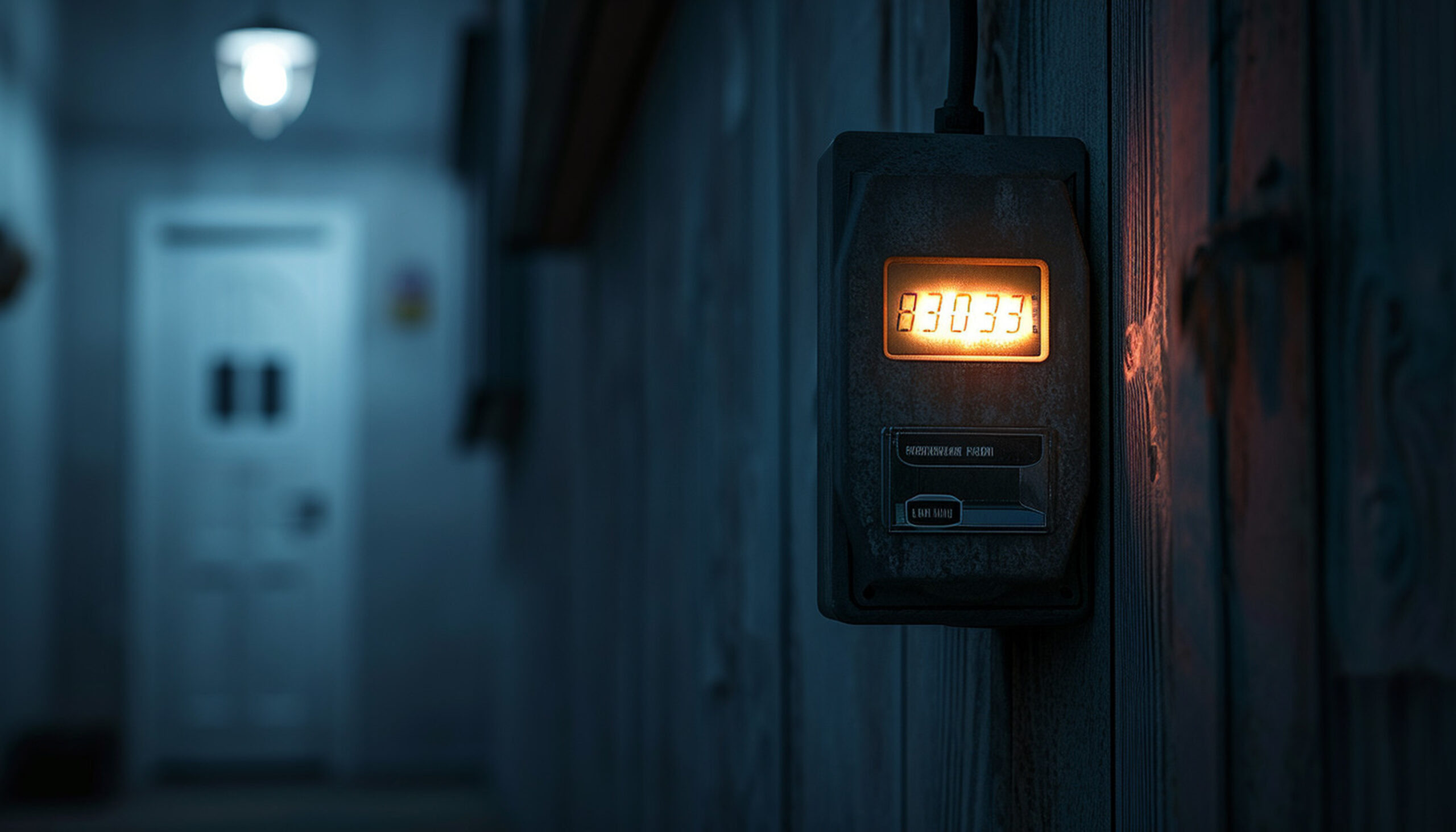The increased availability of electric vehicles in Sydney has contributed to the need for trustworthy EV charging facilities at home. The convenience of outdoor installation is preferred by many property owners, but concerns have also been raised, given Sydney’s unpredictable weather patterns, which vary between scorching summers and heavy rainfall.
It is necessary to plan and install chargers properly to ensure they work safely outdoors. Homeowners can protect their investment without sacrificing performance by considering weatherproofing, IP ratings, and proper installation locations. Understanding the effect of Sydney’s climate on outdoor installations helps ensure EV chargers remain safe, durable, and reliable for long-term use in residential settings.
Understanding Sydney’s weather challenges
Overview of Sydney’s climate
Sydney has a warm climate characterised by hot and humid summers, cool mornings, and light daily rainfall. Summer often brings sudden storms, high winds, and intense UV radiation. These conditions present unique challenges for outdoor electrical installations, where durability and adherence to safety standards are essential.
Impact of weather on outdoor installations
Outdoor installations in Sydney are always vulnerable to extreme conditions. Heavy rainfall increases the risk of water ingress, while prolonged sunlight exposure causes UV damage to plastics and cables. Temperature variations accelerate wear, weakening electrical components. Without adequate protection, these factors can lead to malfunctions, safety hazards, and higher maintenance costs over time.
IP rating requirements for outdoor EV chargers
What is an IP rating?
Resistance to dust and water is measured using an IP (Ingress Protection) rating. The first digit represents protection against solids, while the second indicates moisture resistance. For outdoor EV chargers, a suitable IP rating is crucial to ensure safe operation during Sydney’s changing and often severe weather.
Minimum IP rating for outdoor installations
In Sydney’s climate, the minimum IP rating for an outdoor EV charger should be IP65. This protects against dust and strong water jets, ensuring the unit performs well during heavy rainfall. Higher ratings provide even greater safety, especially in uncovered areas prone to storms and high winds.
How IP ratings protect EV chargers
IP ratings prevent dust and moisture from entering the charger’s internal components. This reduces the risk of short circuits, corrosion, and electrical failure caused by environmental exposure. A sealed charger with a proper IP rating enhances safety, minimises hazards, and maintains strong performance even in harsh conditions.
Weatherproof enclosures and protective measures
Importance of enclosures
Weatherproof enclosures provide essential protection for EV chargers. They shield the unit from rain, wind, dust, and extreme temperatures, reducing the risk of damage. Enclosures also enhance safety by preventing accidental contact with live parts. A well-designed enclosure extends the charger’s lifespan and ensures consistent outdoor performance.
Types of enclosures
The most effective enclosures are made from stainless steel or UV-resistant plastics, which withstand Sydney’s conditions. Lockable covers prevent tampering and enhance security. Features like sealed cable entry points and reinforced panels further protect the charger, ensuring reliability even in exposed outdoor areas.
Best practices for outdoor installation
Enclosures should be securely mounted and located away from areas prone to flooding. All cable entries must be sealed to prevent leaks, and units should include proper ventilation. Correct placement and fastening maximise weather resistance and keep outdoor EV chargers safe and efficient.

Weatherproof cabling and electrical components
Cabling considerations
Cables for outdoor EV chargers must be UV-resistant, waterproof, and well-insulated. These qualities protect against cracking, water damage, and extreme temperatures. High-quality weatherproof cabling ensures stable power delivery, reduces maintenance needs, and prevents electrical faults in Sydney’s variable conditions.
Electrical component protection
Protecting electrical components is critical for outdoor charging safety. Sealed connectors, moisture-resistant coatings, and corrosion-proof housings protect sensitive parts from damage. These measures maintain system integrity, lower fire risks, and reduce the chance of costly breakdowns over time.
Location matters: choosing the right spot for installation
Finding a sheltered location
Installing an EV charger in a semi-covered area, such as under a carport or awning, helps limit exposure to rain, wind, and sunlight. A sheltered spot improves safety and prolongs the charger’s lifespan.
Elevation and drainage
Placing the charger slightly above ground level and ensuring proper site drainage prevents water pooling around the unit. This reduces moisture exposure, protects electrical parts, and supports safer, long-term operation outdoors.
Why location and installation matter for safety
Ensuring long-term durability
Correct placement reduces exposure to extreme weather, helping the charger last longer with minimal wear. Proper installation is cost-effective, as it extends the charger’s service life while maintaining reliable performance.
Safety considerations
A licensed electrician ensures compliance with Australian safety standards and Sydney regulations. Professional installation minimises risks such as short circuits, water ingress, and wiring faults, ensuring safe and dependable operation of outdoor EV chargers.
Conclusion
FAQ's
What is an IP rating, and why is it important for outdoor EV chargers?
An IP rating measures dust and water resistance. For outdoor EV chargers in Sydney, IP65 or higher ensures safe operation, protecting components from weather, preventing malfunctions, and extending service life.
Can my EV charger be damaged by Sydney’s rain or humidity?
Yes, prolonged exposure to moisture can damage internal parts. However, chargers with high IP ratings and weatherproof enclosures are designed to resist Sydney’s climate, providing safe, long-lasting performance outdoors.
How do I know if my EV charger is weatherproof enough for Sydney's climate?
Check the manufacturer’s specifications for the IP rating. Chargers rated IP65 or above are weatherproof and suitable for Sydney’s climate, protecting against dust, heavy rain, and harsh outdoor conditions.
Can I install an EV charger outside in direct sunlight?
Yes, but it is not recommended. Direct sunlight accelerates heat damage and material wear. A shaded or semi-sheltered location prevents overheating, improves durability, and ensures safer long-term operation.
Do I need special cables for an outdoor EV charger installation?
Yes, outdoor chargers require UV-resistant, waterproof, insulated cables. These withstand rain, humidity, and extreme temperatures. Weatherproof cabling ensures safe power delivery, prevents faults, and maintains performance in Sydney’s conditions.
93 Exley Road Wedderburn NSW 2560 Campbelltown & South West Sydney
Why Installing Your Own EV Charger Could Void Your Car’s Warranty and Insurance
Why Installing Your Own EV Charger Could Void Your Car’s Warranty and Insurance Category: The...
Read MoreThe Hidden Damage Rodent Cause to Electrical Wiring and Insulation
What Does a Pre-Installation EV Charger Inspection Entail? Category: Installing an EV charger at your...
Read MoreThinking of Installing an EV Charger in Your Apartment or Shared Parking Area? Here’s What You Need to Know
Thinking of installing an EV charger in your apartment or shared parking area? Here’s what...
Read MoreIs It Safe to Install an EV Charger Outdoors in Sydney’s Weather Conditions?
How to Choose the Right Gate Intercom for Your Property Category: The increased availability of...
Read MoreHow to Choose the Right Gate Intercom for Your Property
How to Choose the Right Gate Intercom for Your Property Category: Selecting the appropriate gate...
Read MoreThe Light Switch Feels Warm or Smells Burnt — What Should I Do?
The Light Switch Feels Warm or Smells Burnt — What Should I Do? Category: Light...
Read MoreWhy Do I Get a Small Electric Shock from My Appliances?
Why Do I Get a Small Electric Shock from My Appliances? Category: Small electric shocks...
Read MoreElectrical Surges Damaging Your Appliances? Here’s What You Can Do
Electrical Surges Damaging Your Appliances? Here’s What You Can Do Category: An electrical surge refers...
Read MoreWhat are the types of smoke Alarms and How Does It Work?
What are the types of smoke Alarms and How Does It Work? Category: A smoke...
Read MorePower Outage in Just One Room? Here’s What Could Be Causing It
Power Outage in Just One Room? Here’s What Could Be Causing It Category: Experiencing a...
Read More
